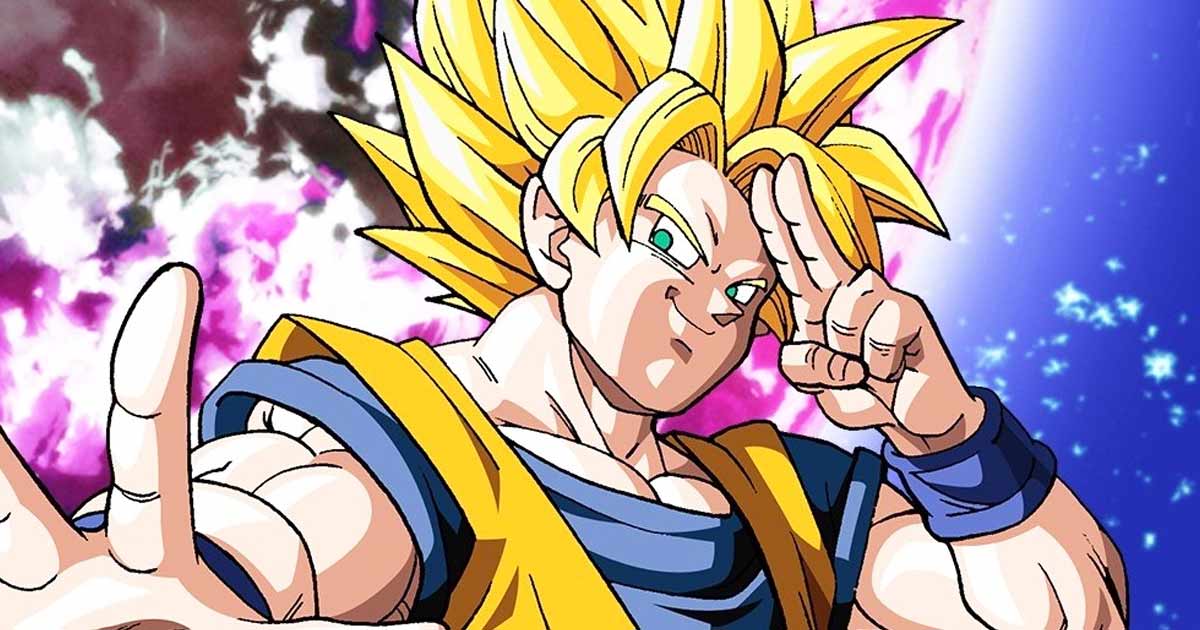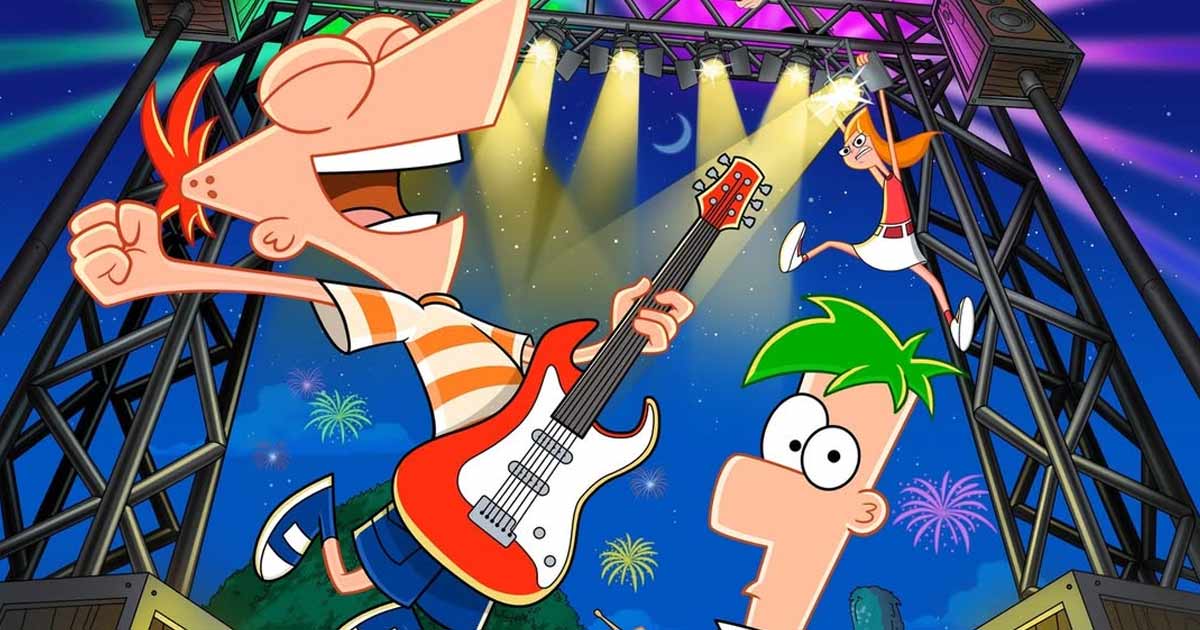
There’s a universe out there, somewhere in the multiverse of anime dreams and “what ifs” where Dragon Ball Z never existed. Instead, it’s Gohan’s Great Adventure gracing lunchboxes, lighting up toy aisles, and blasting across TV screens with an entirely different energy.
In that alternate timeline, Goku steps into the background while his son Gohan takes the lead, and history, as we know it, spirals into uncharted territory.
The Post-Dragon Ball Dilemma: Who Takes the Lead?
However, we didn’t get Gohan’s Great Adventure. We got Dragon Ball Z, a title so simple and cryptic that it almost didn’t make sense at first. And yet, that lone letter, “Z,” would come to represent more than just a sequel; it would be the launch pad for one of the most powerful franchises in pop culture history.
Trending
In the late ’80s, when Dragon Ball had just begun wrapping up its tale of martial arts tournaments and mystical dragon hunts, the creative team at Toei Animation and Fuji TV was already charting what came next. Their vision lay as a continuation, but not necessarily with Goku at the center. The future, they thought, belonged to the soft-spoken, hidden powerhouse—Gohan.
Goku pic.twitter.com/S2zcBXXQw7
— 90s Dragon Ball Z (@90sDBZ) March 26, 2025
The A One-Letter Game Changer
The creators were so confident in this new direction that scripts were drafted under the bold new banner of Gohan’s Great Adventure. Some anime magazines even ran with it, announcing the next chapter in the Dragon Ball saga with headlines that teased a passing of the torch. Gohan was poised to take flight, but fate, and perhaps a stubborn love for one spiky-haired Saiyan, had other plans.
As the team debated the title, Akira Toriyama, the series’ legendary creator, stepped in with a curveball. Why not just Dragon Ball Z? No lengthy subtitle, no handover of legacy, just a single letter added to the name fans already knew. “Z” didn’t stand for anything specific, not really. Some would later explain it away as meaning “the end” or the “final chapter,” while others said it was chosen simply because it sounded cool.
The Letter ‘Z’: A Symbol Without A Definition
At first, the name raised eyebrows. What did “Z” even mean? Was the story really ending? Would viewers understand? The creators wrestled with the implications, worried about unintentionally writing themselves into a corner. But those concerns faded as the episodes rolled out, as villains grew stronger, and the series gained a life of its own.
Fast forward to now, and Dragon Ball Z has exploded into a cultural titan. With over 260 million manga volumes sold and the anime generating more than $30 billion in revenue, it’s hard to imagine any version of the series without Goku front and center, screaming into the sky, hair blazing gold. Even films like Dragon Ball Super: Broly, which raked in over $124 million, stand as testaments to the enduring power of the brand that “Z” helped define.
32 years ago today, the Episode 179 (Goku vs. Perfect Cell) of Dragon Ball Z premiered! pic.twitter.com/SwHKLMUDF5
— Dragon Ball Perfect Shots (@DBPerfectShots) March 31, 2025
The Legacy Of The Almost-Title
Yet, that alternate version, Gohan’s Great Adventure, remains a fascinating footnote in anime history. A near-miss that could’ve rewritten everything, and it reminds us that behind the epic battles and iconic transformations are real people sitting around tables, tossing out ideas, sometimes laughing, sometimes unsure, but always chasing the next great story.
For more such stories, check out TV updates!
Must Read: Crunchyroll Shocks Fans By Removing Toradora!: A Heartbreaking Loss For Romance Anime Lovers!
Follow Us: Facebook | Instagram | Twitter | YouTube | Google News



 Follow Us
Follow Us









